Indochine style, an exquisite blend of European colonial elegance and the vibrant, rich elements of Southeast Asian cultures, originated during the French colonial period in Southeast Asia. This unique design aesthetic emerged as European colonialists infused their classical sensibilities with the local art, materials, and craftsmanship they encountered in the region. The result is a style marked by a sophisticated fusion that captures the opulence of both worlds.
At the heart of Indochine style lies the seamless integration of French architectural and decorative principles with the sensual warmth of Southeast Asian design. This includes the use of tropical hardwoods, intricate carvings, and lush, colorful textiles. The colonial influence is often seen in the grandeur and symmetry of the furniture layouts and architectural details, while the local influence shines through in the use of local motifs and materials.
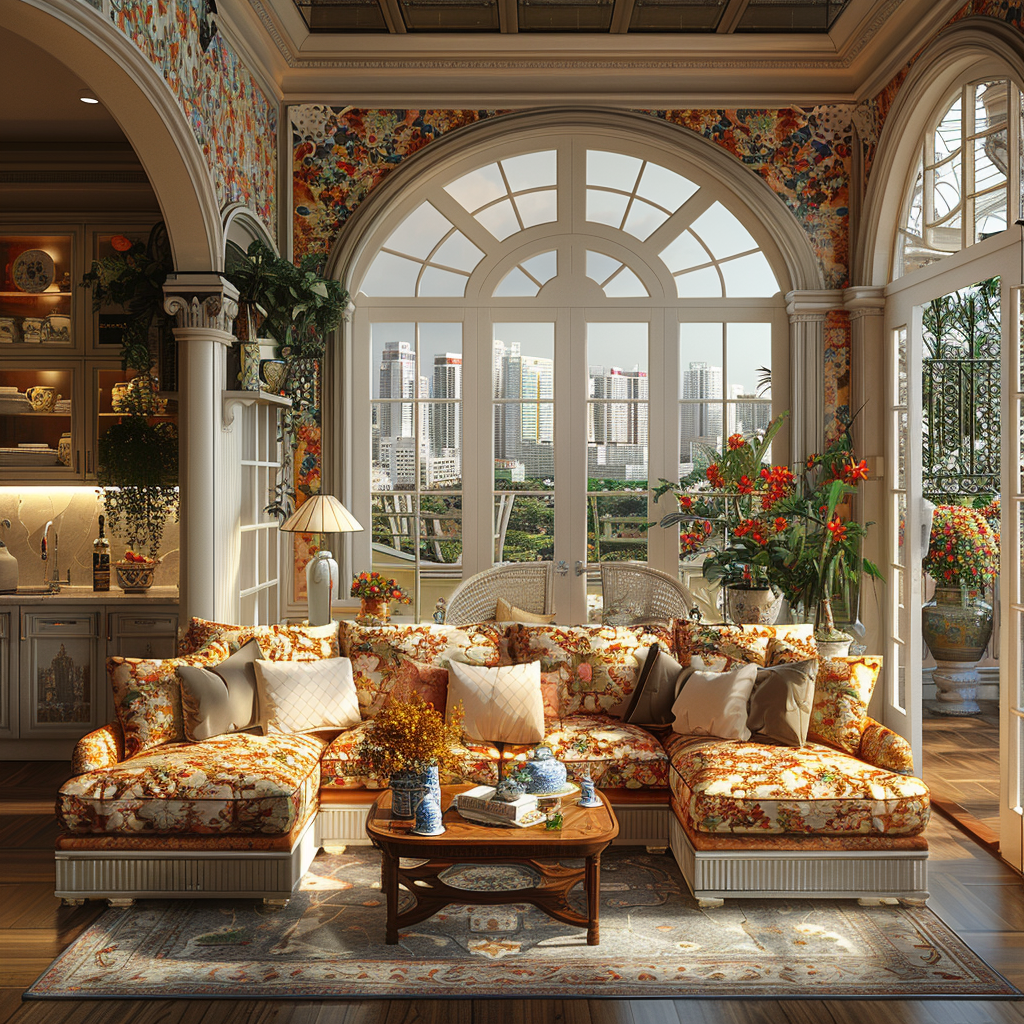
The color palette typically features a mix of deep hues such as jade green, indigo, and burgundy, complemented by the natural browns of wood and the lush greens of plant life, reflecting the dense foliage and rich landscapes of the region. Textures play a crucial role, with rattan, bamboo, and silk interwoven with heavier drapes and plush upholstery, creating an environment that feels both opulent and earthy.
Indochine style is more than just a design choice; it's a narrative of cultural convergence, reflecting a period of history where two distinctly different worlds merged to create something uniquely beautiful. This style continues to captivate designers and homeowners alike, offering a timeless appeal that is both exotic and elegant.
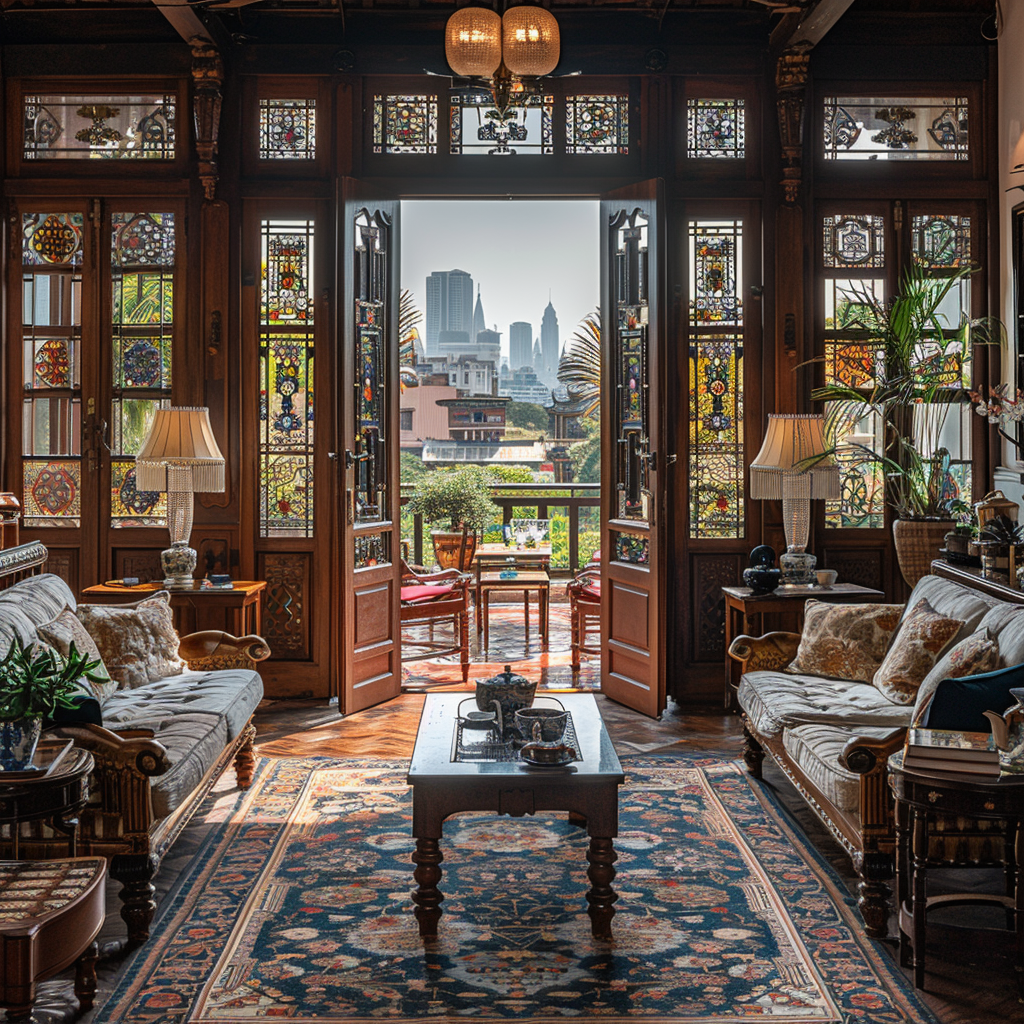
Historical Roots of Indochine Design
The Indochine style is a captivating fusion of French colonial architecture and Southeast Asian design elements, born out of the colonial era when France ruled much of Indochina, including modern-day Vietnam, Laos, and Cambodia. This period, spanning the late 19th to the mid-20th century, was marked by a cultural exchange that gave birth to a unique aesthetic in architecture and interior design, distinguished by an elegant blend of European and Asian influences.
French colonial architecture brought to Southeast Asia its formal, geometric structures and grandeur, characterized by symmetry, large courtyards, and spacious verandas. These elements were adapted to the tropical climate with functional features like high ceilings, which facilitated air circulation in the humid environment, and large wooden shutters, which helped control sunlight and heat. The colonizers also introduced the use of red tiles for roofing, which not only added a distinct visual appeal but also offered practical benefits in terms of durability and weather resistance.
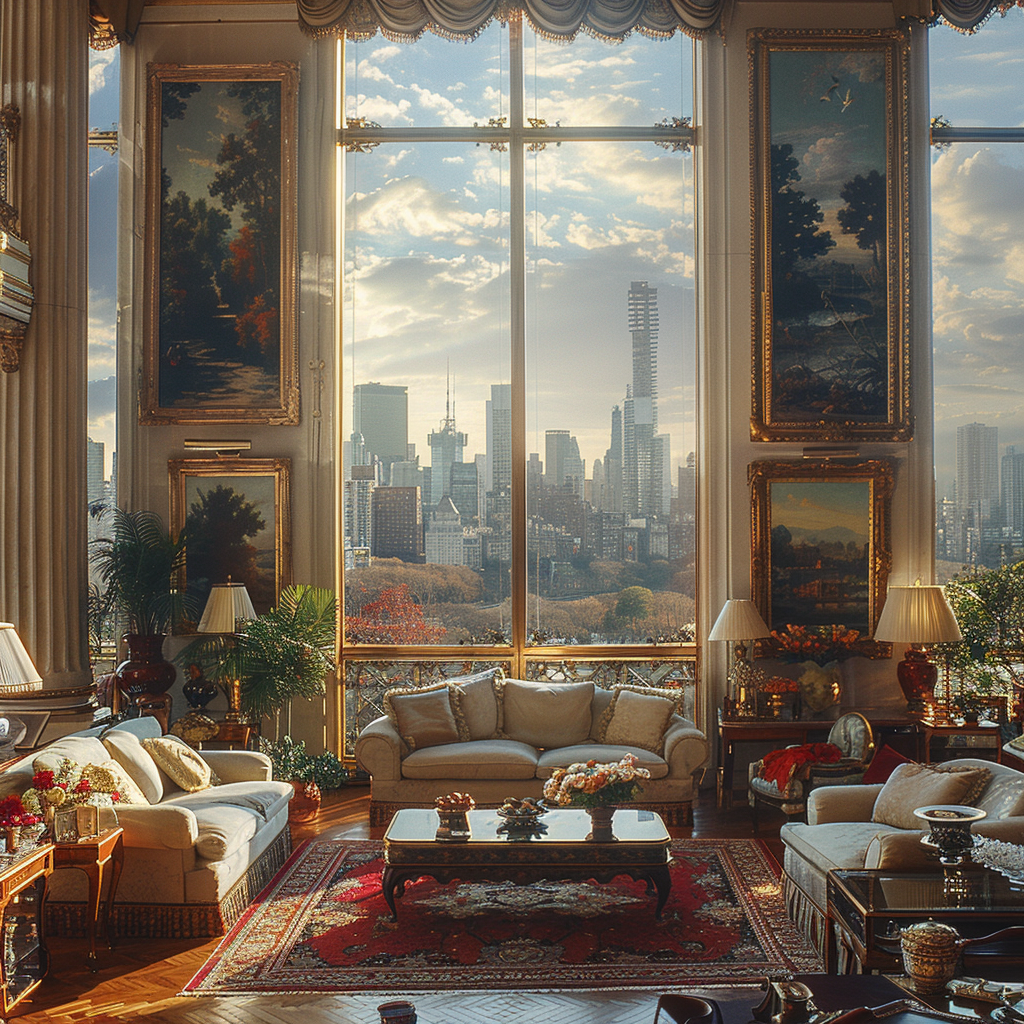
On the interior, Indochine style is defined by its ornate detailing and the incorporation of local materials and artisan techniques. Intricate wood carvings, an art form highly revered in Southeast Asia, became a common decorative element in furniture and fittings. These carvings often featured motifs from local flora and fauna or scenes from traditional folklore, blending seamlessly with the more restrained and elegant lines of French design.
The furniture in Indochine-style interiors often included both imported European pieces and locally made items that adapted European forms using indigenous materials. Rattan, bamboo, and tropical hardwoods like teak and rosewood were commonly used, offering durability and a rich, natural aesthetic that echoed the lush landscapes of the region. Textiles were another important aspect, with silk and cotton fabrics featuring vibrant colors and patterns inspired by local traditions, used in everything from window treatments to upholstery.
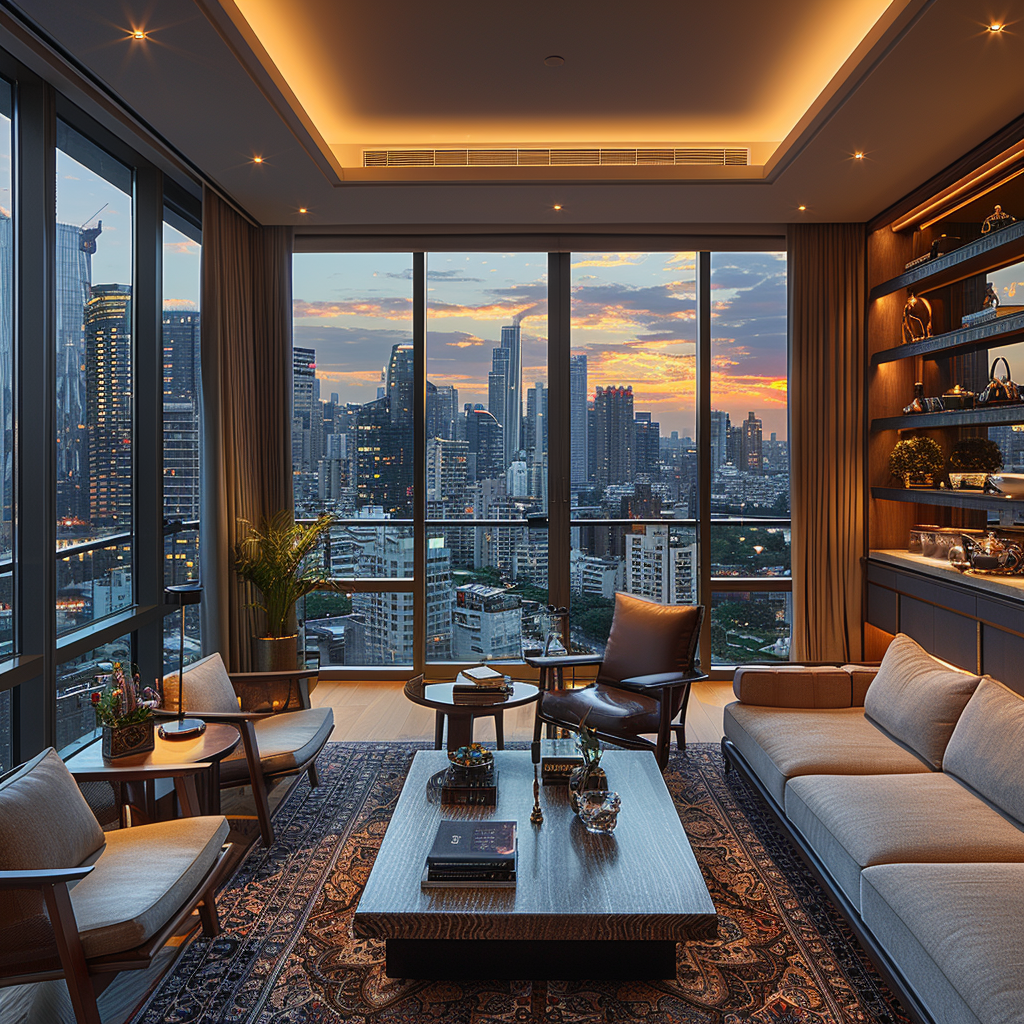
The palette of Indochine design typically involves a mix of earthy tones and deeper shades, reflecting both the natural environment and the sophistication of European aesthetics. This includes hues like ochre, indigo, and forest green, often complemented by the natural color of stained or lacquered wood.
Today, the legacy of Indochine style remains influential in design circles, prized for its historic roots and its successful fusion of functionality with aesthetic beauty. It stands as a testament to a time of cultural blending, showcasing how architecture and interior design can serve as bridges between very different worlds, creating spaces that are both globally inspired and locally grounded.
Key Elements of Indochine Style
The Indochine style is an elegant fusion of French colonial sophistication and the rich, vibrant essence of Southeast Asia. This distinctive aesthetic is characterized by several key design elements that together create an ambiance that is both luxurious and distinctly earthy. The use of dark woods, rattan furniture, silk textiles, and vibrant botanical motifs are central to achieving the Indochine look, each adding a layer of complexity and cultural depth to the interiors.
Dark Woods: The use of dark, tropical hardwoods such as teak, rosewood, and mahogany is fundamental in Indochine interiors. These woods are not only prized for their durability and natural beauty but also for the warmth and richness they bring to spaces. The dark color palette of these woods provides a dramatic contrast to the lighter, more vibrant tones typically used in fabrics and wall colors, creating a visually striking effect. Furniture pieces often feature intricate carvings that reflect both Asian influences and European finesse, embodying the cultural synthesis that is at the heart of Indochine style.
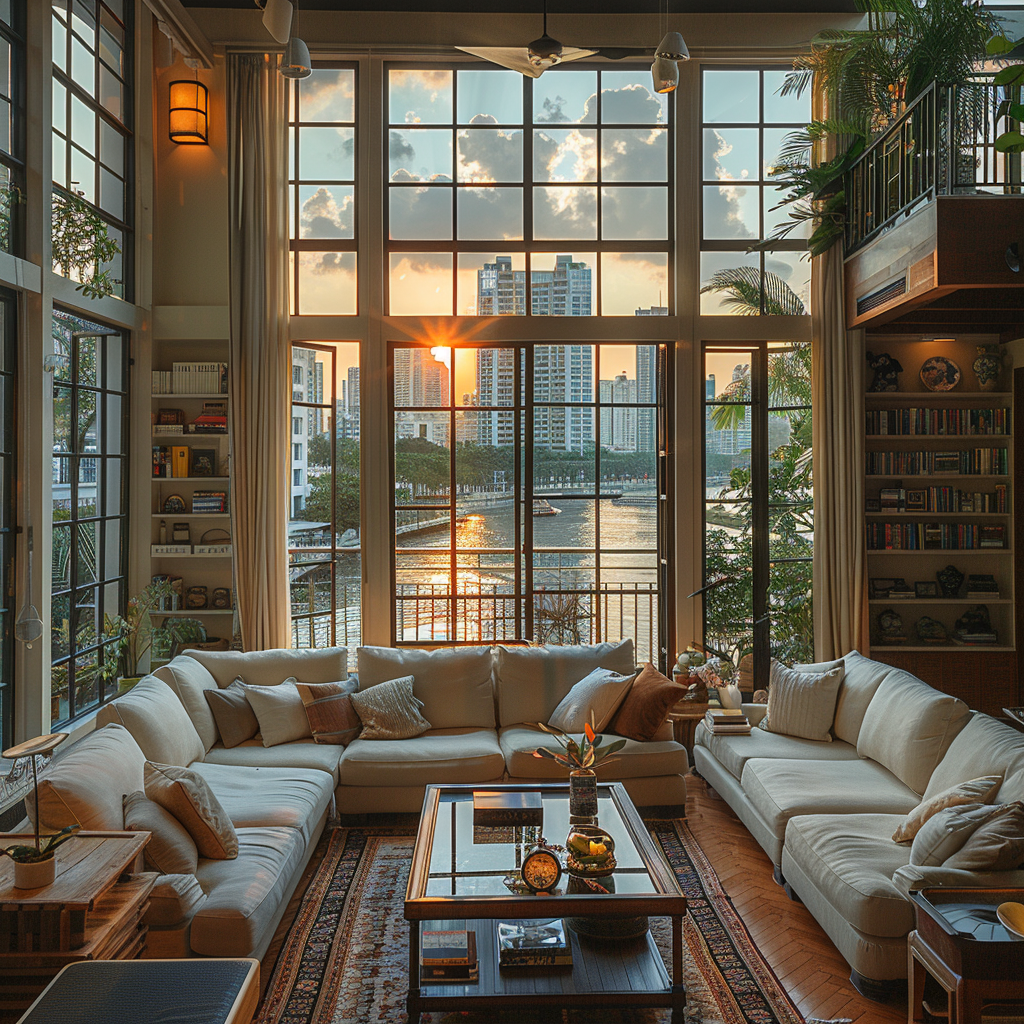
Rattan Furniture: Rattan, a material indigenous to Southeast Asia, is another essential element of Indochine design. Rattan furniture is valued for its versatility, durability, and lightweight nature, making it ideal for the tropical climate of the region. In Indochine interiors, rattan is often used to craft everything from armchairs and sofas to beds and dining chairs. These pieces usually maintain simple, elegant lines that underscore the colonial aesthetic while providing a rustic, organic touch that complements the more opulent elements of the decor.
Silk Textiles: Silk, with its luxurious feel and shimmering appearance, plays a pivotal role in adding an element of opulence to the Indochine style. Silk textiles are often used in draperies, cushion covers, and upholstery, featuring vibrant colors and intricate patterns, including traditional Southeast Asian designs. The use of silk not only enriches the texture palette of the interior but also serves as a nod to the region’s rich heritage of silk production and textile art.
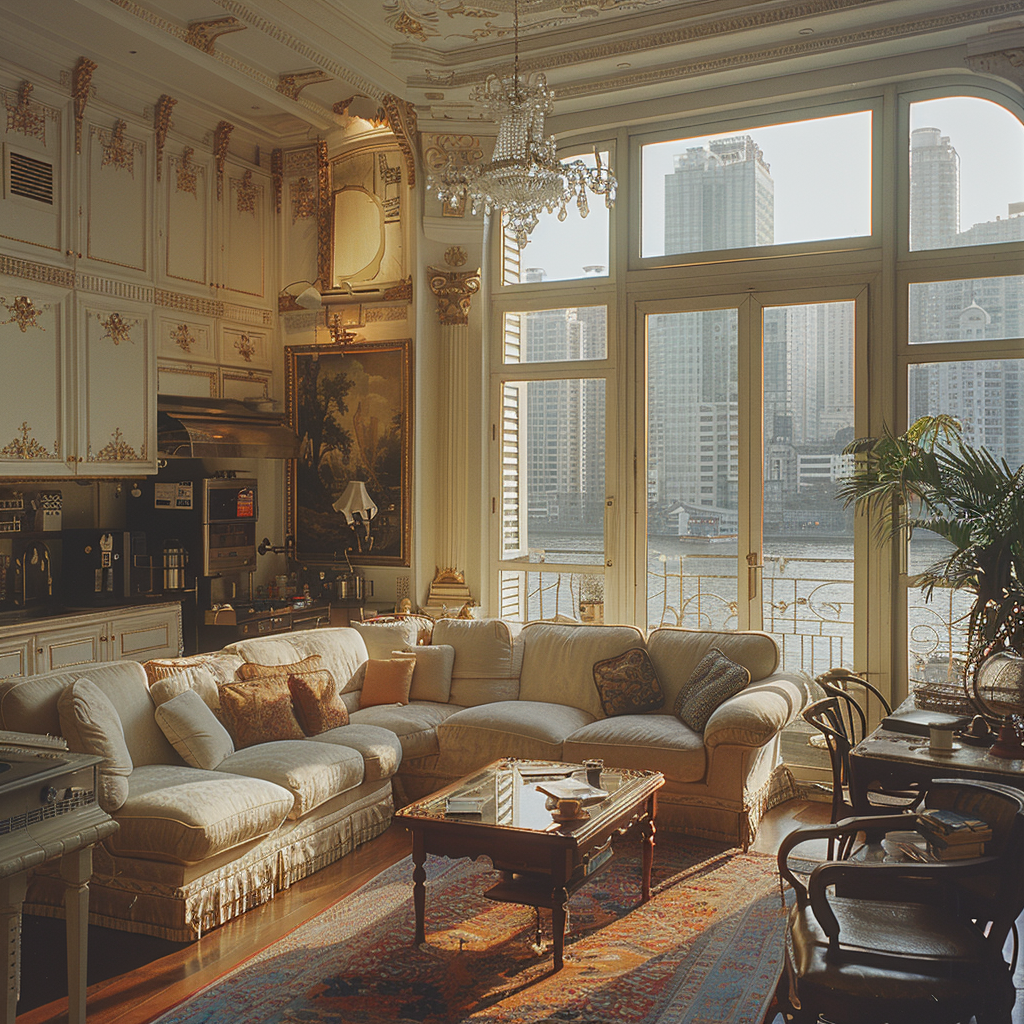
Botanical Motifs: The lush landscapes of Southeast Asia inspire the botanical motifs commonly found in Indochine interiors. These motifs appear in various forms, from hand-painted wall murals to embroidered fabrics, and often feature local flora such as bamboo, lotus, and orchids. The vibrant colors and intricate details of these botanical elements inject life and energy into the space, balancing the more subdued tones of the wood and rattan and reinforcing the connection to nature.
Together, these elements create the unique Indochine aesthetic—a look that is at once luxurious and earthy, sophisticated and natural. This style provides a sensual experience that appeals to both the eye and the touch, making it enduringly popular among those looking to bring a piece of Southeast Asian culture and French colonial elegance into their homes.
Color and Texture in Indochine Interiors
Color and texture are pivotal in defining the Indochine style, playing a crucial role in conveying the luxurious yet earthy essence of this unique aesthetic. The palette typically involves rich greens, deep reds, and bright golds, colors that reflect the natural and cultural vibrancy of Southeast Asia. These hues are complemented by an array of textures from lacquer and silk to various woods, each adding depth and character to the interior. Understanding how to effectively incorporate these elements can transform a space, imbuing it with a sense of harmony and dynamism characteristic of Indochine design.
Rich Color Palette: Indochine interiors are renowned for their bold and evocative color schemes. Rich greens are often inspired by the lush foliage and rice fields of Southeast Asia, creating a calming, nature-infused backdrop for interiors. Deep reds, reminiscent of traditional Vietnamese lacquerware or Thai silk, add a sense of warmth and opulence, while bright golds bring a touch of regal elegance, often used in detailing and accessories. This palette not only enriches the space but also establishes a strong visual identity that is both inviting and expressive.
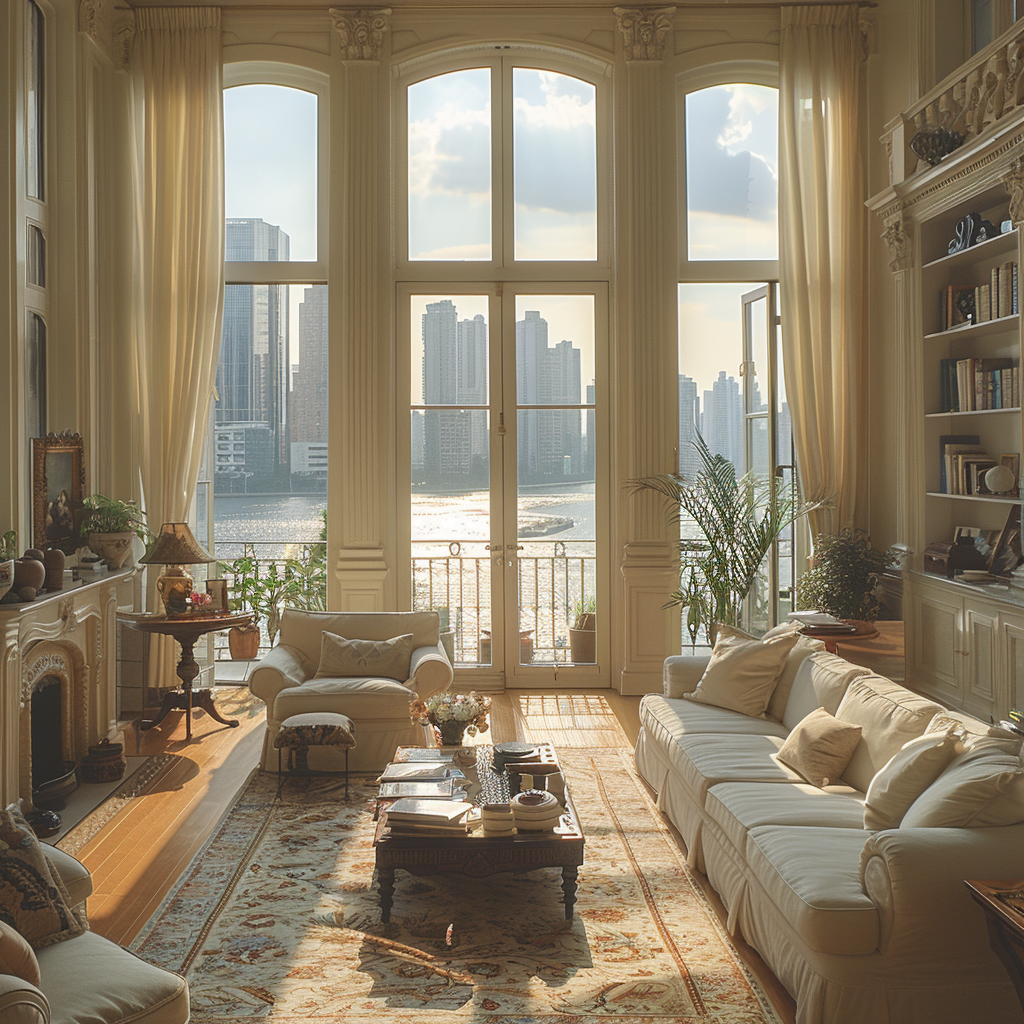
Textures in Indochine Design: The textures used in Indochine interiors contribute significantly to the overall experience of the space.
Lacquer: Known for its smooth, glossy finish, lacquer is frequently used in furniture and decor items, providing a sleek contrast to the matte textures of other materials. It reflects light and adds a modern touch to traditional pieces.
Silk: Silk textiles are essential for adding luxurious softness and subtle sheen. Used in curtains, upholstery, and throw pillows, silk helps to soften the harder edges of wood and lacquer, introducing a tactile element that invites touch.
Wood: Wood, particularly dark, tropical hardwoods like teak or rosewood, provides a robust texture that anchors the space. Its rich grain and deep color add a rustic yet sophisticated touch to floors, furniture, and architectural details.
Incorporating These Elements: To achieve a harmonious yet dynamic Indochine interior, balance is key.
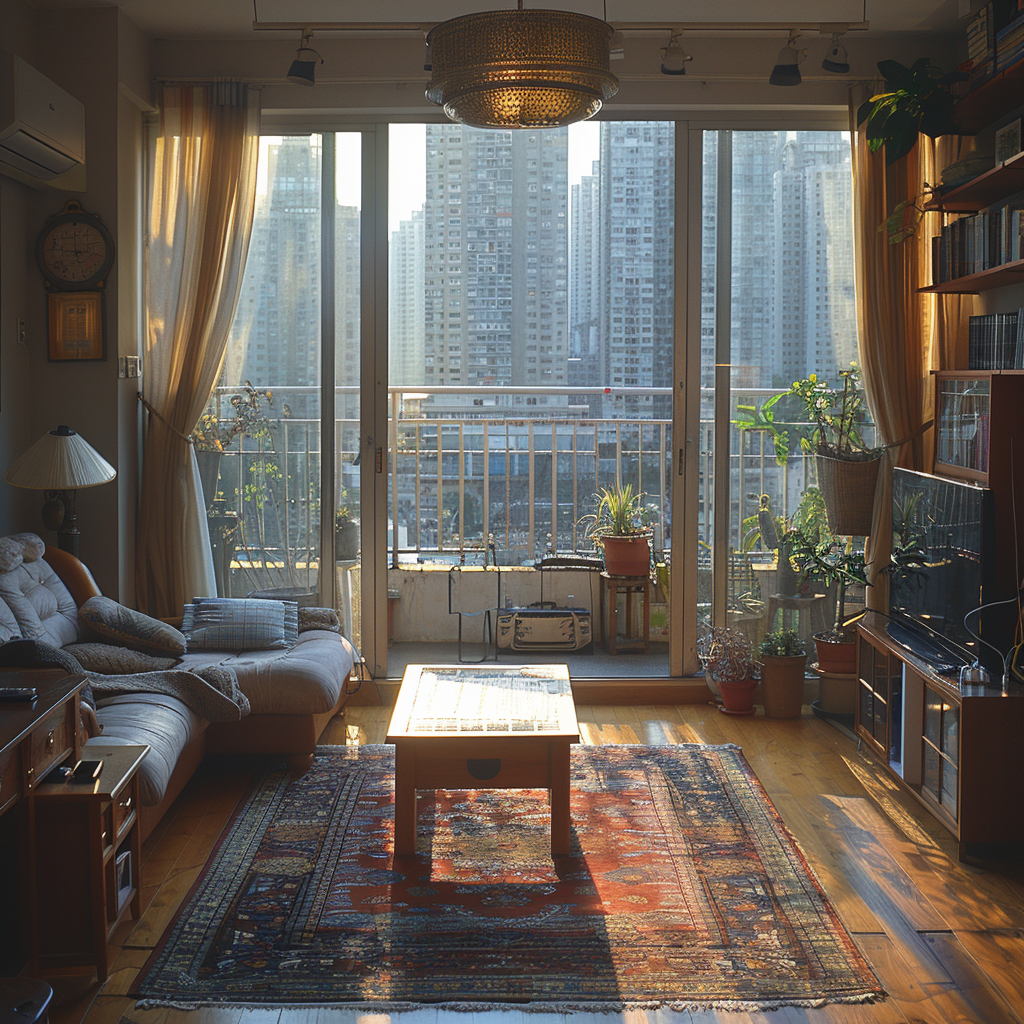
Layer Colors and Textures: Start with a base color, such as a rich green, for walls or large furniture pieces, and layer with accents in reds and golds through smaller furnishings, textiles, or wall art.
Mix Materials: Combine lacquered items with rough-textured wood and smooth silk. For example, a lacquered coffee table can be paired with a silk-upholstered sofa and a wooden bookshelf.
Reflective Surfaces: Incorporate elements with a gloss finish, like lacquered vases or gold decor, to catch light and create focal points.
Natural Elements: Ensure to include plants or botanical prints to enhance the natural feel and tie the indoor space to the outdoors.
By thoughtfully integrating these colors and textures, you can create an Indochine interior that is not only aesthetically pleasing but also richly layered and immersive, reflecting the storied cultural fusion at the heart of this design style.
Modern Interpretations of Indochine Style
Contemporary designers are skillfully reinterpreting the classic Indochine style to align with modern sensibilities, blending traditional elements with minimalist principles. This modern Indochine design maintains the historical charm and cultural richness of the original aesthetic while incorporating cleaner lines, sustainable materials, and a focus on functional simplicity. This approach not only respects the past but also embraces the needs and preferences of today's homeowners, creating spaces that are both timeless and timely.
Simplifying Lines and Forms: One of the hallmarks of contemporary interior design is minimalism, which focuses on the "less is more" philosophy. Modern interpretations of Indochine style often emphasize streamlined furniture designs that maintain the traditional high-quality craftsmanship but in forms that are less ornate. The intricate carvings and embellishments typical of classic Indochine furniture are pared down to cleaner, simpler lines that highlight the beauty of the materials and the elegance of the form without overwhelming the space. This helps to create interiors that are spacious, uncluttered, and distinctly modern.
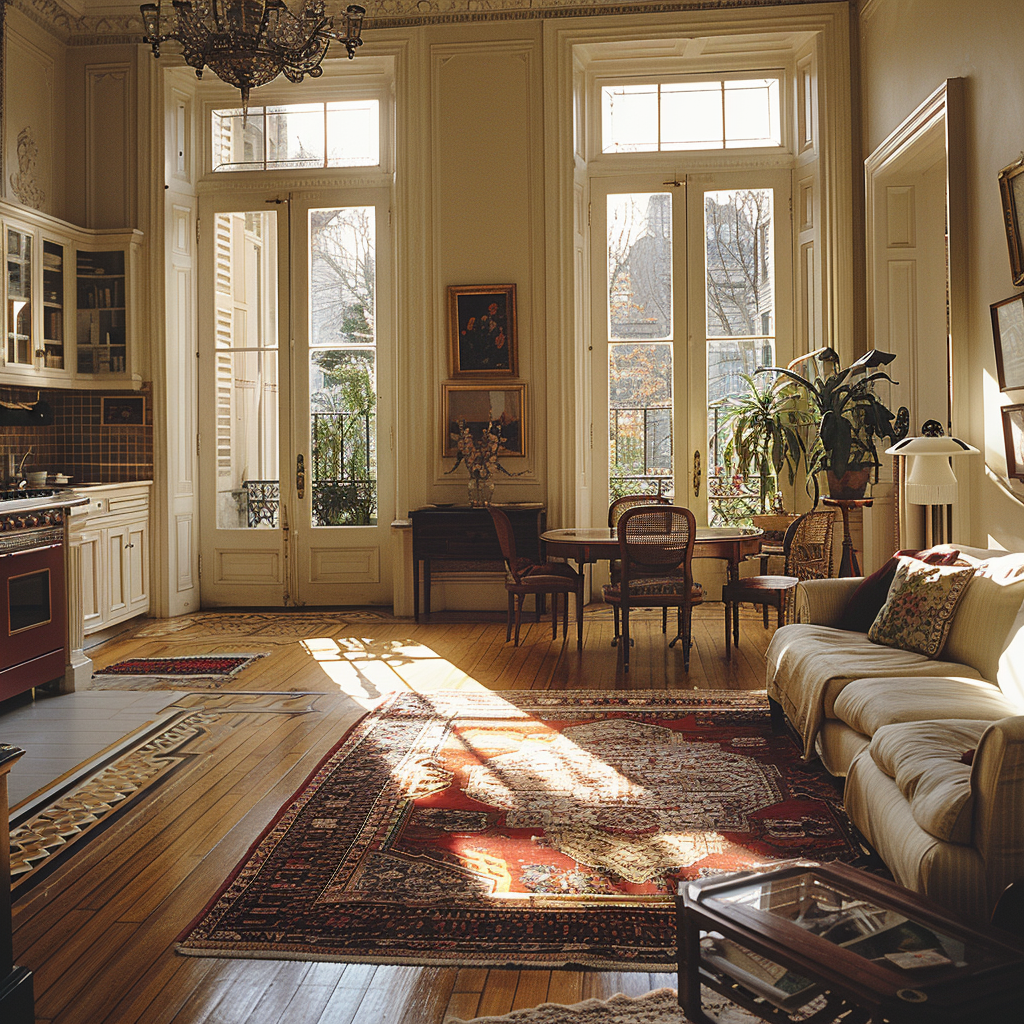
Integrating Sustainable Materials: Sustainability is a major consideration in contemporary design, and modern Indochine interiors often incorporate eco-friendly materials that also align with the aesthetic's traditional use of natural elements. Bamboo, a rapidly renewable resource, is used not only for furniture but also for flooring and wall treatments. Rattan, similarly sustainable, is featured in light fixtures, furniture, and decorative items. These materials not only reduce environmental impact but also add warmth and authenticity to the design.
Focusing on Comfort: Comfort is central to modern home design, and contemporary interpretations of Indochine style ensure that spaces are not only beautiful but also livable. Plush textiles, comfortable seating, and thoughtful spatial arrangements are all designed with the user's comfort in mind. Silk and soft cottons are still favored for their luxurious feel, but are often used in more understated color palettes to harmonize with the minimalist approach.
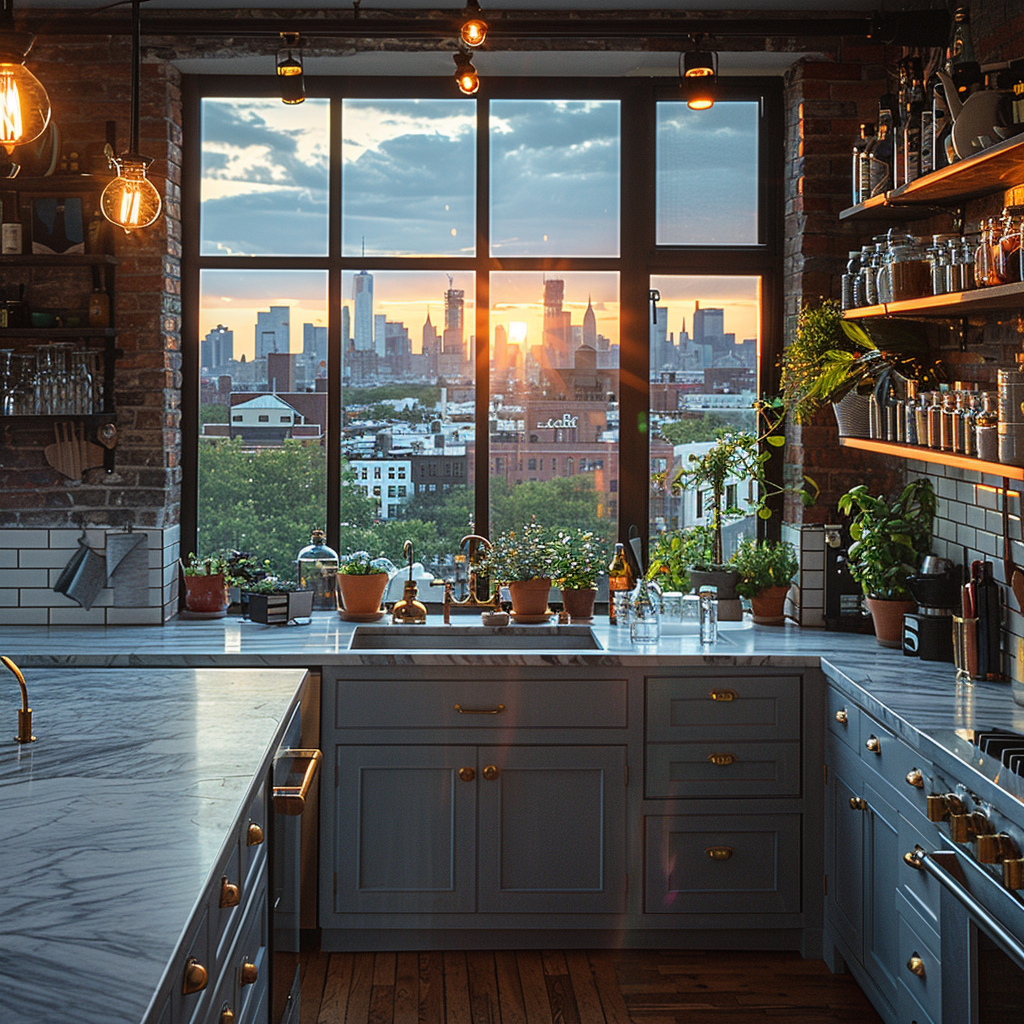
Maintaining Historical Charm: Despite these modern adaptations, the historical charm of Indochine style is never lost. Designers incorporate key elements such as dark woods, vibrant botanical motifs, and the occasional ornate piece that nods to the style's origins. These features are carefully balanced with modern elements to ensure the space remains connected to its cultural roots while being firmly planted in the present.
Contemporary designers are thus crafting spaces that respect and revive the Indochine aesthetic in a way that suits modern tastes and lifestyles. This modern approach to Indochine design showcases how historical styles can be successfully adapted to contemporary settings, resulting in interiors that are both innovative and inspiring.
Incorporating Indochine Style in Your Home
Incorporating the Indochine style into your home doesn't require a complete overhaul; rather, you can gradually build the desired ambiance by integrating small, yet impactful, elements that reflect the aesthetic’s historical charm and natural elegance. Here’s how you can start infusing this unique style into your living spaces with a few thoughtful changes.
Add Silk Cushions: One of the easiest ways to bring a touch of Indochine elegance into your home is through the use of silk cushions. Opt for cushions in rich, vibrant colors like deep reds, bright golds, or lush greens, which are indicative of the Indochine palette. These can be placed on sofas, armchairs, or even beds, adding a luxurious feel and a pop of color that instantly lifts the room’s ambiance.

Incorporate Rattan Pieces: Rattan furniture is a hallmark of Indochine design, celebrated not only for its durability and comfort but also for its stylish, lightweight properties. Consider adding a rattan coffee table, a set of rattan chairs, or decorative rattan baskets to your space. These pieces bring an organic, earthy feel to your interior, harmonizing with both modern and traditional decors and emphasizing the blend of colonial and Southeast Asian influences.
Introduce Tropical Plants: Plants are integral to achieving the lush feel characteristic of the Indochine style. Incorporate a variety of tropical plants such as palms, orchids, or even a small indoor bamboo. These plants do not only serve as decorative elements but also improve air quality and bring a slice of Southeast Asian flora into your home. Position them in corners, on side tables, or in hanging planters to create a natural, refreshing vibe.
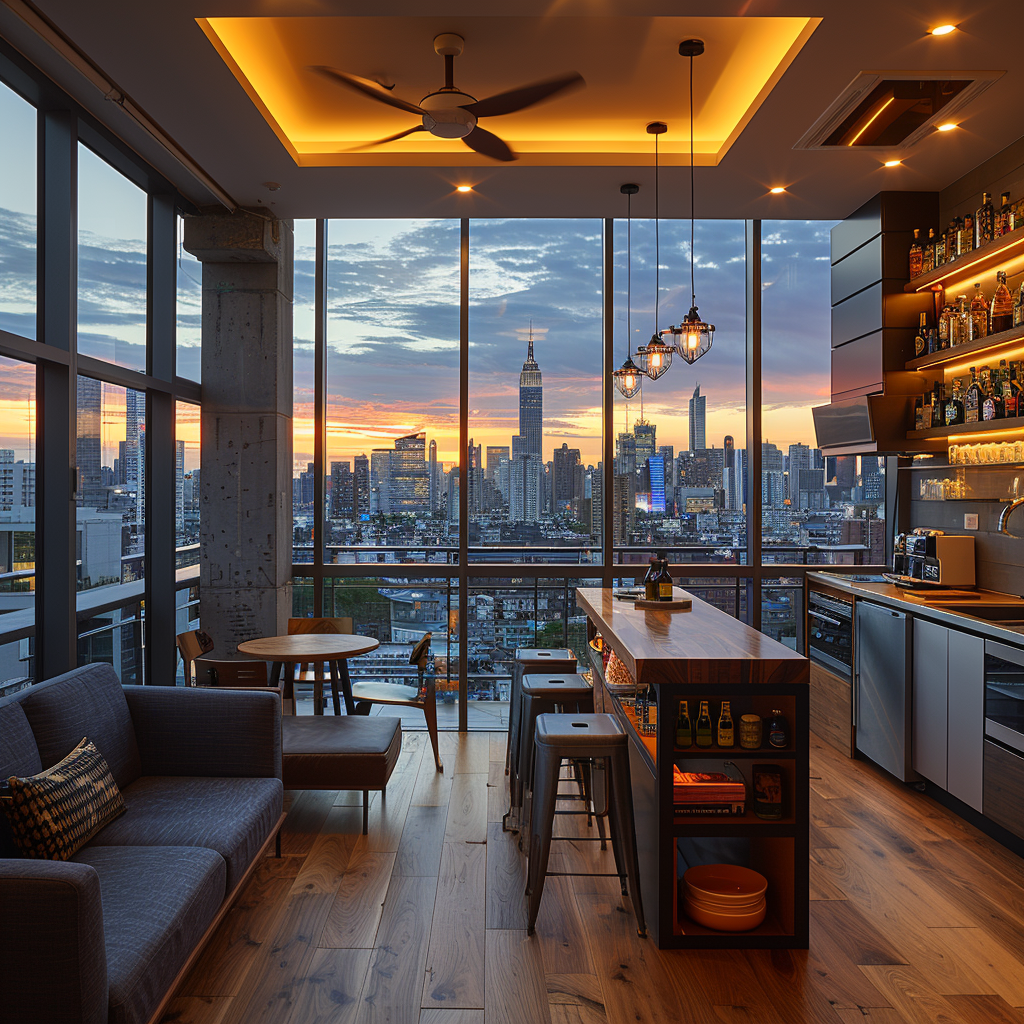
Use Decorative Lacquerware: Lacquerware, with its glossy finish and often intricate designs, can add an element of sophistication and history to your décor. You can incorporate lacquer trays, bowls, or boxes as tabletop decor or use larger lacquered pieces like cabinets or screens as focal points in a room.
Employ Soft Lighting: To complement the serene and inviting atmosphere typical of Indochine interiors, opt for soft, warm lighting. Silk or paper lanterns can diffuse light gently throughout the room, creating a calm and welcoming environment, perfect for relaxation.
By starting with these small changes, you can progressively incorporate more elements and eventually create a full Indochine-inspired interior. This approach allows you to adapt the style to suit your personal tastes and the existing decor, ensuring that each addition feels thoughtful and harmonious, rather than overwhelming. With each step, your home will gradually transform into a luxurious, comforting space that embodies the unique blend of cultural richness and natural beauty that is Indochine style.
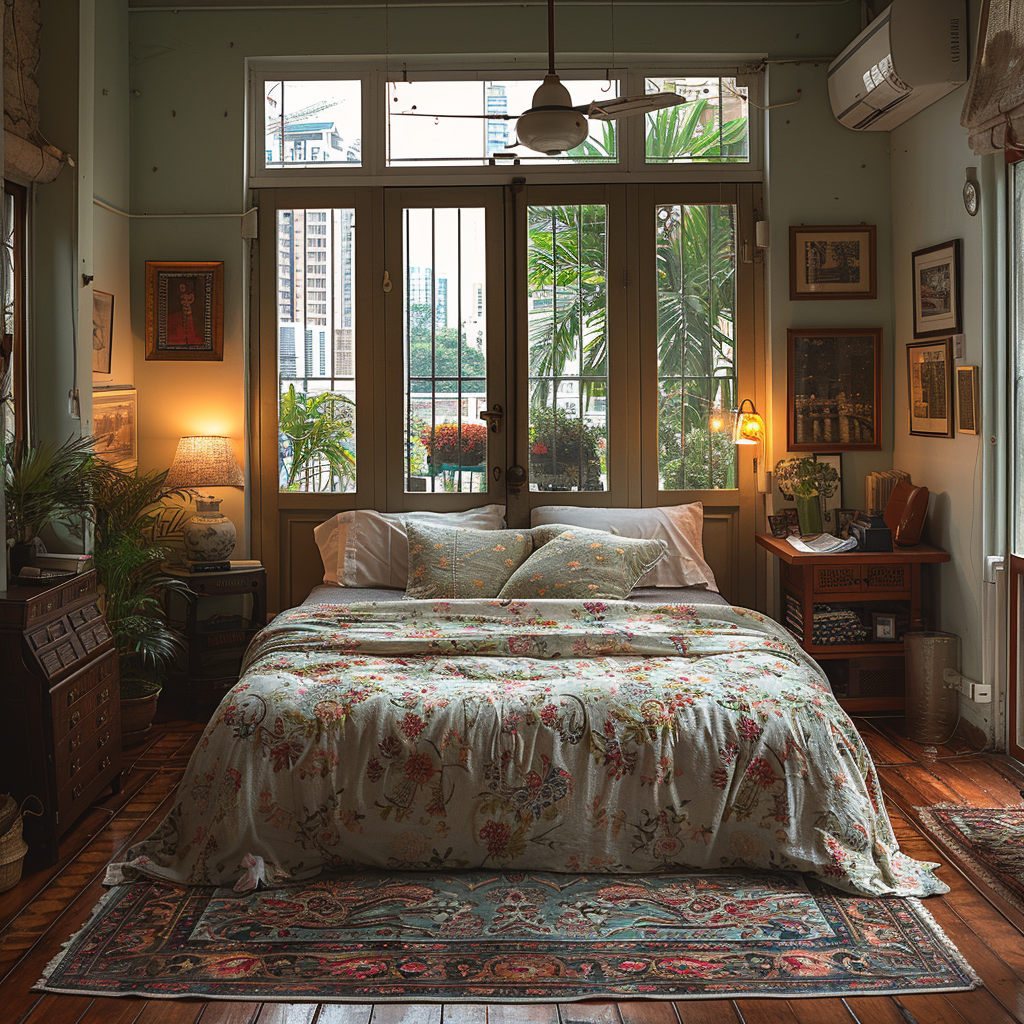
The enduring appeal of Indochine style lies in its unique ability to blend the historical elegance of French colonial architecture with the vibrant, rich textures and colors of Southeast Asian culture. This sophisticated design approach offers a timeless aesthetic that enriches modern homes with both luxury and warmth. By incorporating elements of Indochine style into your living spaces, you can create interiors that are not only visually stunning but also deeply evocative of an exotic and culturally rich heritage.
If you are inspired to explore the distinctive beauty of Indochine-style interiors further, we invite you to contact our design firm or visit our showroom. Our experts are eager to help you navigate this elegant design style, providing you with more inspiration and personalized guidance to transform your space into a breathtaking reflection of Indochine charm.